Hydroboration oxidation and acid hydration will yield the same product in case of:
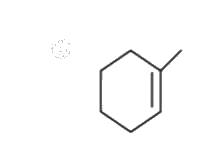
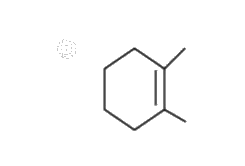
The correct Answer is:A
To determine which reaction conditions yield the same product from hydroboration-oxidation and acid hydration, we need to analyze the nature of the alkenes involved. Here's a step-by-step breakdown of the solution:
Step 1: Understand Acid Hydration
- Acid hydration involves the addition of water (H₂O) to an alkene in the presence of an acid (H⁺).
- For symmetrical alkenes, this reaction yields a single product (an alcohol) since both sides of the double bond are identical.
- For unsymmetrical alkenes, the reaction follows Markovnikov's rule, where the hydroxyl group (OH) attaches to the carbon with the greater number of hydrogen atoms.
Step 2: Understand Hydroboration-Oxidation
- Hydroboration-oxidation involves the addition of borane (BH₃) to the alkene, followed by oxidation with hydrogen peroxide (H₂O₂) in a basic medium.
- For symmetrical alkenes, this also yields a single product (an alcohol).
- For unsymmetrical alkenes, this reaction follows the anti-Markovnikov rule, where the hydroxyl group attaches to the less substituted carbon.
Step 3: Identify Symmetrical Alkenes
- To ensure that both reactions yield the same product, we need to identify symmetrical alkenes.
- Symmetrical alkenes will produce the same alcohol regardless of whether hydroboration-oxidation or acid hydration is used.
Step 4: Analyze the Given Options
- Option A: Unsymmetrical alkene (not symmetrical).
- Option B: Symmetrical alkene (both sides are identical).
- Option C: Symmetrical alkene (both sides are identical).
- Option D: Symmetrical alkene (both sides are identical).
Step 5: Conclusion
- The correct answer is that options B, C, and D are symmetrical alkenes, which will yield the same product from both hydroboration-oxidation and acid hydration.
Final Answer
The correct options that yield the same product in both reactions are B, C, and D.
---
- Acid hydration involves the addition of water (H₂O) to an alkene in the presence of an acid (H⁺).
- For symmetrical alkenes, this reaction yields a single product (an alcohol) since both sides of the double bond are identical.
- For unsymmetrical alkenes, the reaction follows Markovnikov's rule, where the hydroxyl group (OH) attaches to the carbon with the greater number of hydrogen atoms.
- Hydroboration-oxidation involves the addition of borane (BH₃) to the alkene, followed by oxidation with hydrogen peroxide (H₂O₂) in a basic medium.
- For symmetrical alkenes, this also yields a single product (an alcohol).
- For unsymmetrical alkenes, this reaction follows the anti-Markovnikov rule, where the hydroxyl group attaches to the less substituted carbon.
- To ensure that both reactions yield the same product, we need to identify symmetrical alkenes.
- Symmetrical alkenes will produce the same alcohol regardless of whether hydroboration-oxidation or acid hydration is used.
- Option A: Unsymmetrical alkene (not symmetrical).
- Option B: Symmetrical alkene (both sides are identical).
- Option C: Symmetrical alkene (both sides are identical).
- Option D: Symmetrical alkene (both sides are identical).
- The correct answer is that options B, C, and D are symmetrical alkenes, which will yield the same product from both hydroboration-oxidation and acid hydration.
The correct options that yield the same product in both reactions are B, C, and D.
Similar Questions
Knowledge Check
Which reaction yields the major product shown?
A B
B C
C D
D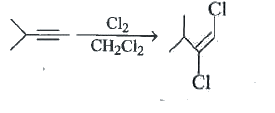
2-Phenylpropene on acidic hydration gives :
A2-Phenyl-2-propanolB2-Phenyl-1-propanolC3-Phenyl-1-propanolD1-Phenyl-2-propanol
On reacting chloral hydrate with NaOH the products obtained is/are:
View Solution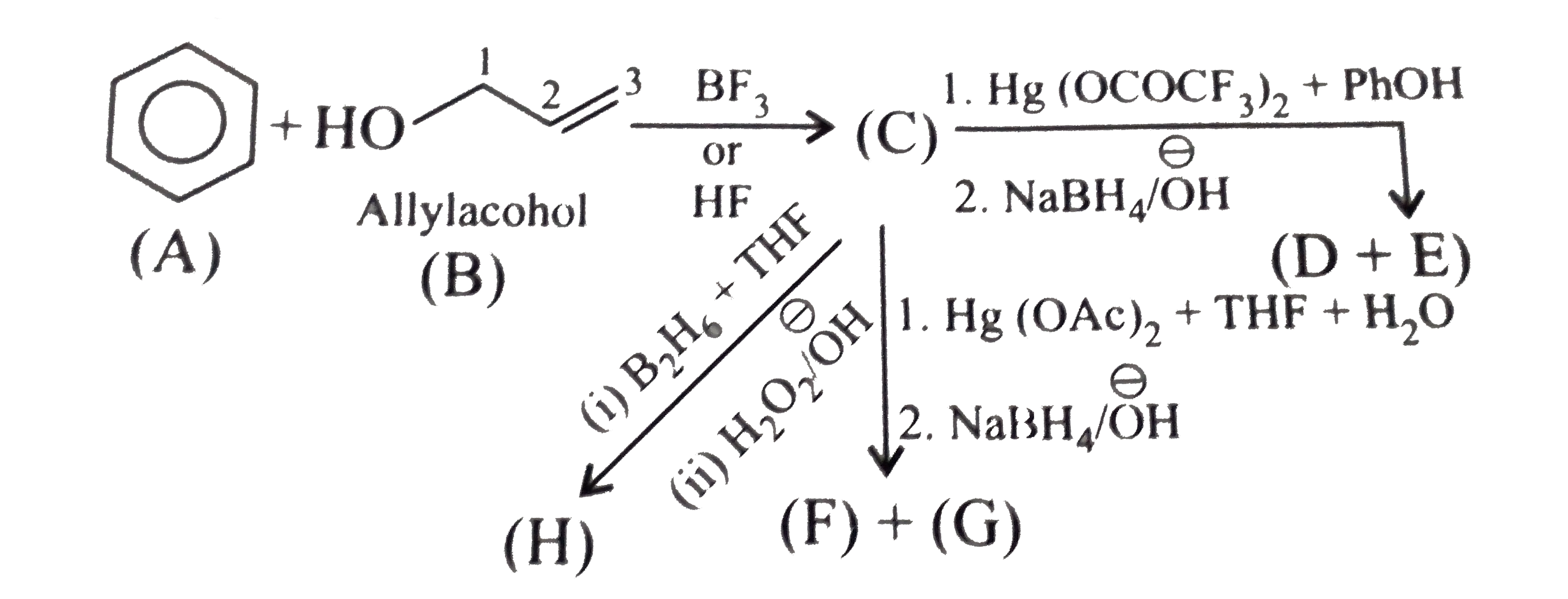
The reaction (C ) to (H) is called hydroboration oxidation of alkene. Which statement is true about the reaction ?
View SolutionThe aniline reaction with…to..yield… as the final product..
View SolutionAddition of water molecule across double bond to yield Antimarkownikov's product. Can be accomplished by Hydroboration followed by oxidation. Reaction follows as:
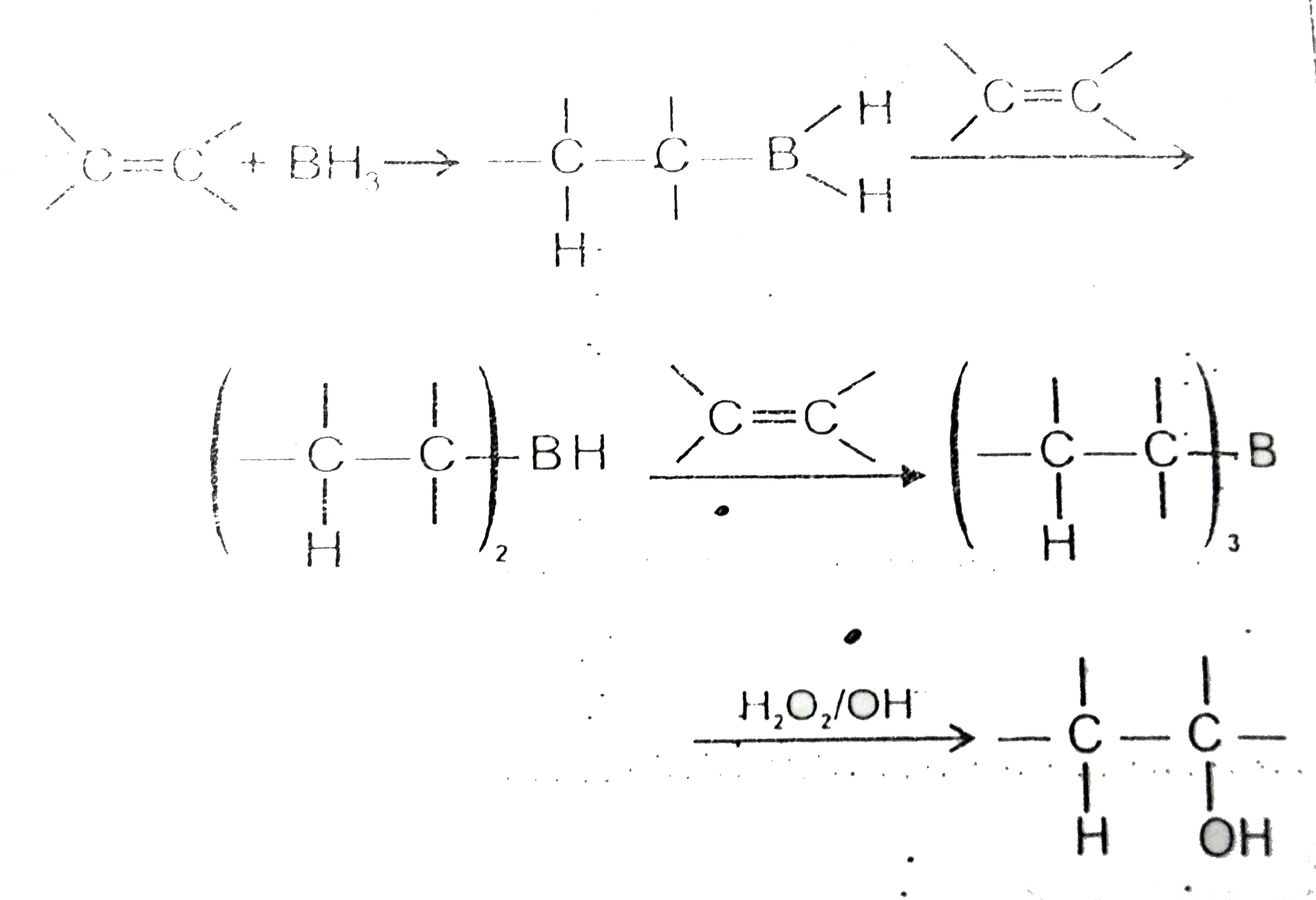
Product of hydroboration oxidation of 1-methyl cyclopentene is
View SolutionHydration reaction of alkene is catalyzed by dilute acid. Selection of acid is important . Conjugate base of the acid should not interfere in the reaction. There are other means by which alkenes can be converted to alcohols. Oxymercuration demercuration gives Markovnikoff's alcohols while hydroboration oxidation give Anti Markovnikoff's alcohol.
The reagent required to perform the given transformation is
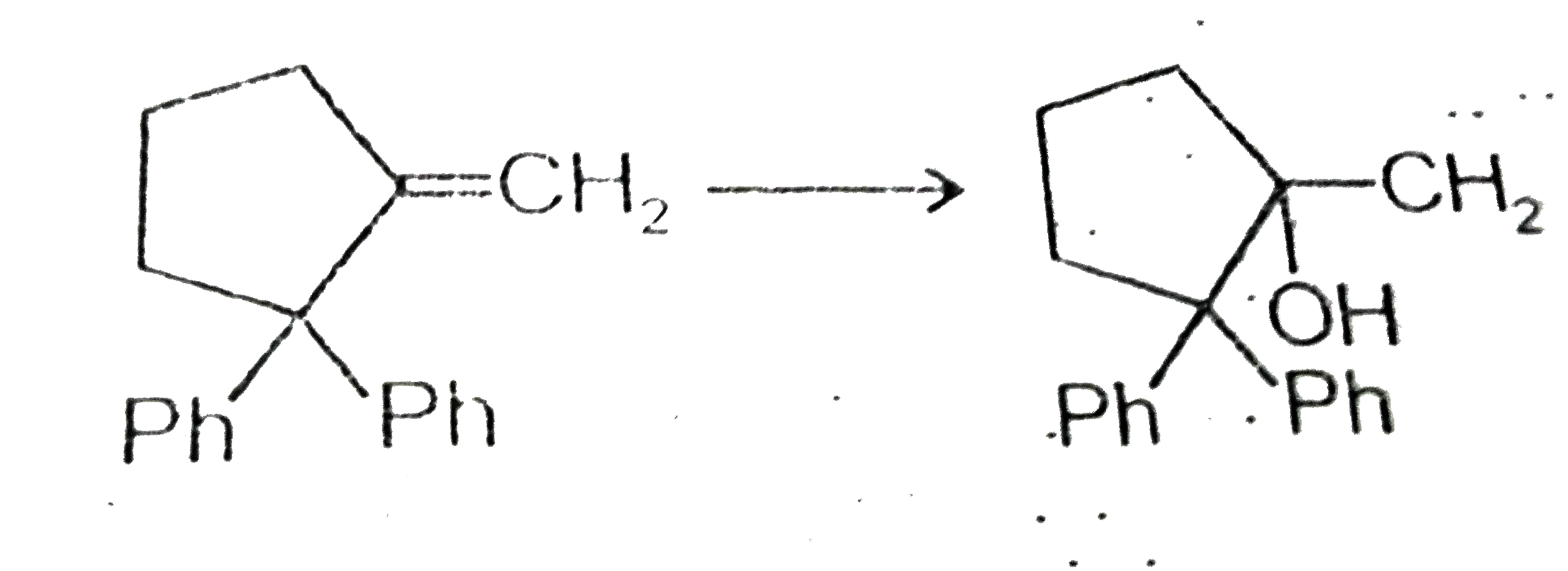
View Solution2-Phenylpropene on acidic hydration gives:
View Solution